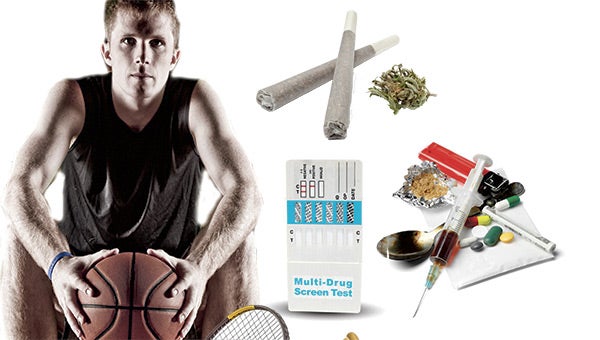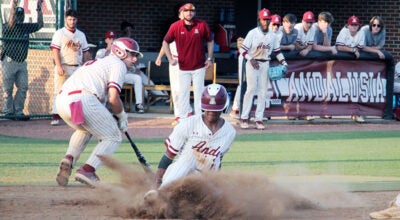Worth the price?
Published 12:00 am Tuesday, February 9, 2016
Drug testing in high school athletics has forever been a source of debate among parents, administrators and coaches.
Locally, the debate reared its head again this week when a local parent proposed the question on Facebook: Do you think high school athletes should be drug tested and why?
For the most part, people who responded via social media, agreed they were needed.
One commenter said, “I think that would be a good idea and the ones who are already experimenting with drugs could get help at a young age.”
Another commenter asked, “Would it really matter? I know in the past of football player being caught smoking dope and still playing the next game.”
Covington County Schools Superintendent Shannon Driver said the county schools do not participate in drug testing of athletes.
When asked why, he said, “It has been discussed at the local school level, but one of the main factors is costs.”
Driver said drug testing of athletes has never been in place in the county schools.
Andalusia City Schools Superintendent Ted Watson said the school system reserves the right to test athletes and those in extracurricular activities, but a shortfall in funding has pushed that back.
“We used to,” he said. “We had a grant that paid for that. It has since run out.”
Watson said it is very expensive to have random drug testing.
“That’s the main reason we haven’t done it in a while,” he said. “The last time I remember us doing that I was still the principal at the middle school.”
Watson became superintendent in 2010.
“While we don’t physically test anymore, we have implemented the Peer Helpers, and we have seen fantastic results,” he said. “We do a lot of self-monitoring, but I am not naïve to believe that we do not have issues that arise.”
The story is just the opposite in Opp City Schools.
Superintendent Michael Smithart said they randomly test all student athletes and those in other extracurricular activities, as well as those who drive on campus.
And it’s a long-standing policy.
“We have been testing student-athletes and extracurricular participants for about 15 years or more,” he said. “We added those driving on campus two years ago.”
Whether is makes a difference or not is hard to pinpoint.
“It’s really hard to tell any difference in usage,” Smithart said. “I can say that during the time we have tested students, we have had exactly two positive tests and those were over 10 years ago.”
Smithart said OCS uses a company called EDPM for testing.
“We sent a list of all students to EDPM,” he said. “They send us a list of students to be tested. We test a random sample every month. We don’t know who will be tested until the day of the test.”
Smithart said punishment for a failed drug test is nothing punitive.
“It’s about counseling and education,” he said. “A student would be suspended from participation until they go through the counseling and have a negative test.”
PRIDE survey results from last year, showed that more than 5 percent of the students in Covington County’s three school systems self-reported they use prescription pills to get high.
PRIDE surveys measure certain student behaviors, including the use of tobacco, alcohol, marijuana and prescription drugs.
Students self-reported using alcohol and marijuana to get high more often than prescription pills in the 2015 school year.
Among the prescription pills reported being used were Ritalin, Adderall, Xanax, Vicodin, OxyContin and Percocet.
It seems OCS is in a field of its own, and more school systems opt not to test.
In fact, US News reported that only about 20 percent of high schools in the U.S. have student drug testing policies, according to a study from the University of Pennsylvania.
The CDC says the number of schools is less than that at 18 percent, which is only 1 in 5, high schools.
A typical drug panel tests for marijuana, amphetamines, opioids, cocaine and PCP, according to the National Institute on Drug Abuse.
It could be with good economic reason that school systems elect not to. Washington Post reported that school drug tests cost about $24 each.
Smithart estimates OCS spends around $3,000 per year on drug testing.
The National Institute on Drug Abuse said, “because of the conflicting finding on student drug testing, more research is needed” and “drug testing should never be undertaken as a stand-alone response to a drug problem.”






